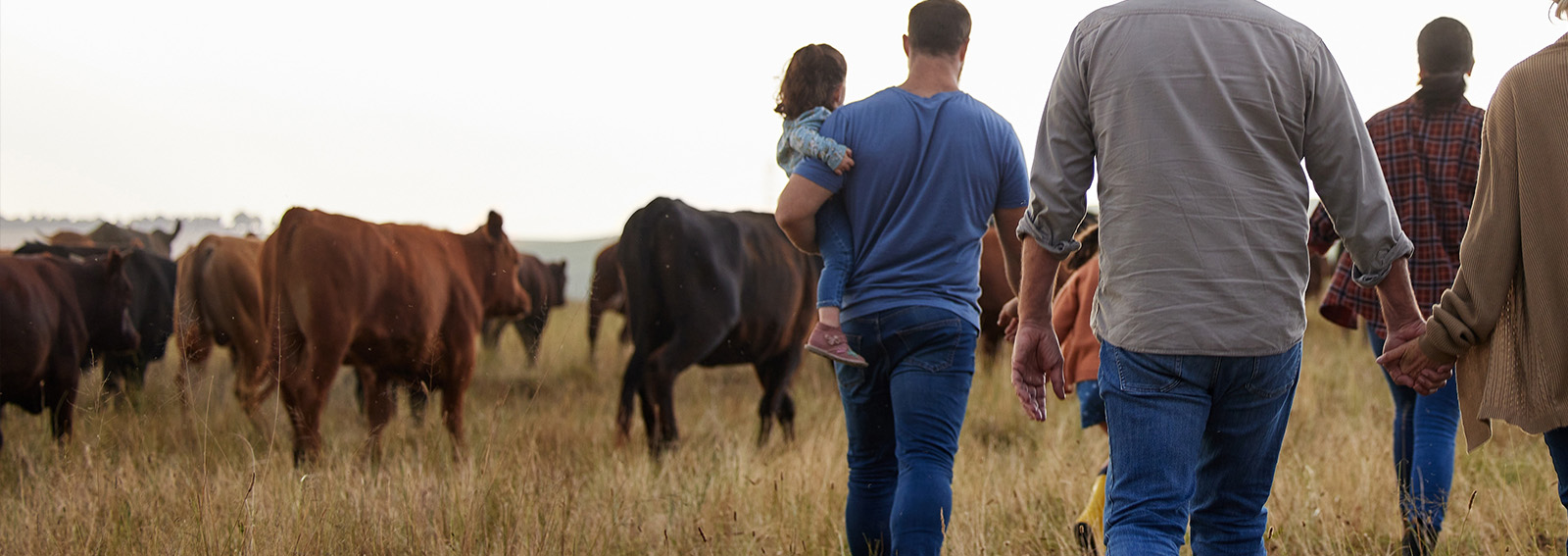Family farms are invariably informal systems where decision making most often falls to the parents / owners – and where the final say depends on whether it's a family or farm issue. Often these farm families associate the word “governance” with the management of sovereign nations, large publicly owned companies and charities – picturing people wearing suits and making decisions on behalf of other stakeholders. As such, they don’t believe “governance” applies to their farm business.
In truth, the word “governance” simply relates to any decision-making system and the example of mom and dad on the family farm is still a system of governance. It's just that it might not be a system that can work in the long-term future. As you enter into corporately owned structures for farm assets, where you might have siblings and cousins in business together, and where estate plans could potentially include inactive ownership of shares by non-farming children, then it may be time add more formality.
As we move away from the mom and dad model and begin to include more people and add complexity to the ownership structure, we need to consider what new systems of governance will work in the future. As I was once told by a very astute family business professional: “formality will be your friend”.
What this professional meant was that as we add more people to the mix, we need to introduce a higher level of formality. As family members in a farm operation, we tend not to have job descriptions, clearly defined roles and responsibilities or hierarchical org charts. We tend to fall back on the traditional patriarch, matriarch, birth order and gender system – and may also be prone to family arguments and disagreements. This doesn’t work that well and invariably ends up in a split for the business, with a family that is in a state of conflict.
The problem is that more formal governance systems might seem too daunting or overbearing to many farm families, and they aren’t sure where to begin. The answer is to start slowly and carefully. It is also wise to separate out the decision-making systems for the family from the systems for ownership and the systems for management. This can be quite challenging when the same people are family members, as well as owners and managers of the farm. That’s why setting things apart early on will prove useful in the future.
In the family decision making system, the pinnacle might be a family council made up of representatives from the various nuclear family groups, but this is unlikely to be appropriate in the early days of a mom, dad and two children scenario. Better to start small and simple by holding regular family meetings that have an agenda. In these early meetings, developing ideas around values, vision and purpose can really help strengthen the family bond. As more family members are added through marriage and having children, a family retreat could be explored.
Formal governance in the ownership circle is rarely required where the owners are mom and dad. But when we add children or spouses and perhaps even inactive children you may want to consider creating a board. This does not have to be a fiduciary Board where the members have legal responsibilities, but more an advisory board. It might also work to have some independence where a family friend or trusted advisor can offer their perspective or experience to help resolve an issue or difference of opinion.
Lastly, it might be worth considering how decisions are made at the management level. Again, most family farms default to the parents, who are both heads of the family and owners of the business. But what happens when mom and dad are no longer around, or no longer want the management responsibility? If the management decisions fall to the siblings or cousins, then who has the final say? There doesn’t have to be a hierarchical system of management, but there could be. Often, we see individuals take responsibility for certain areas of management, like marketing or agronomy, depending on their own set of skills. We also see consensus decision making for wider issues, which can be very effective. Understanding and accepting roles and responsibilities and creating accountability can be a great place to start but here again, accepting a higher level of formality can help avoid issues in the future.
The key takeaway is as farms grow and expand, and become more complex, it may be time review your decision-making systems. In doing so, it is worth thinking about separating out the family decisions from ownership and management decisions. It doesn’t have to be daunting, and it can be a very powerful way to ensure the long-term sustainability of the family farm unit. Remember, the process of developing these decision-making systems will be as important as the final solutions.




